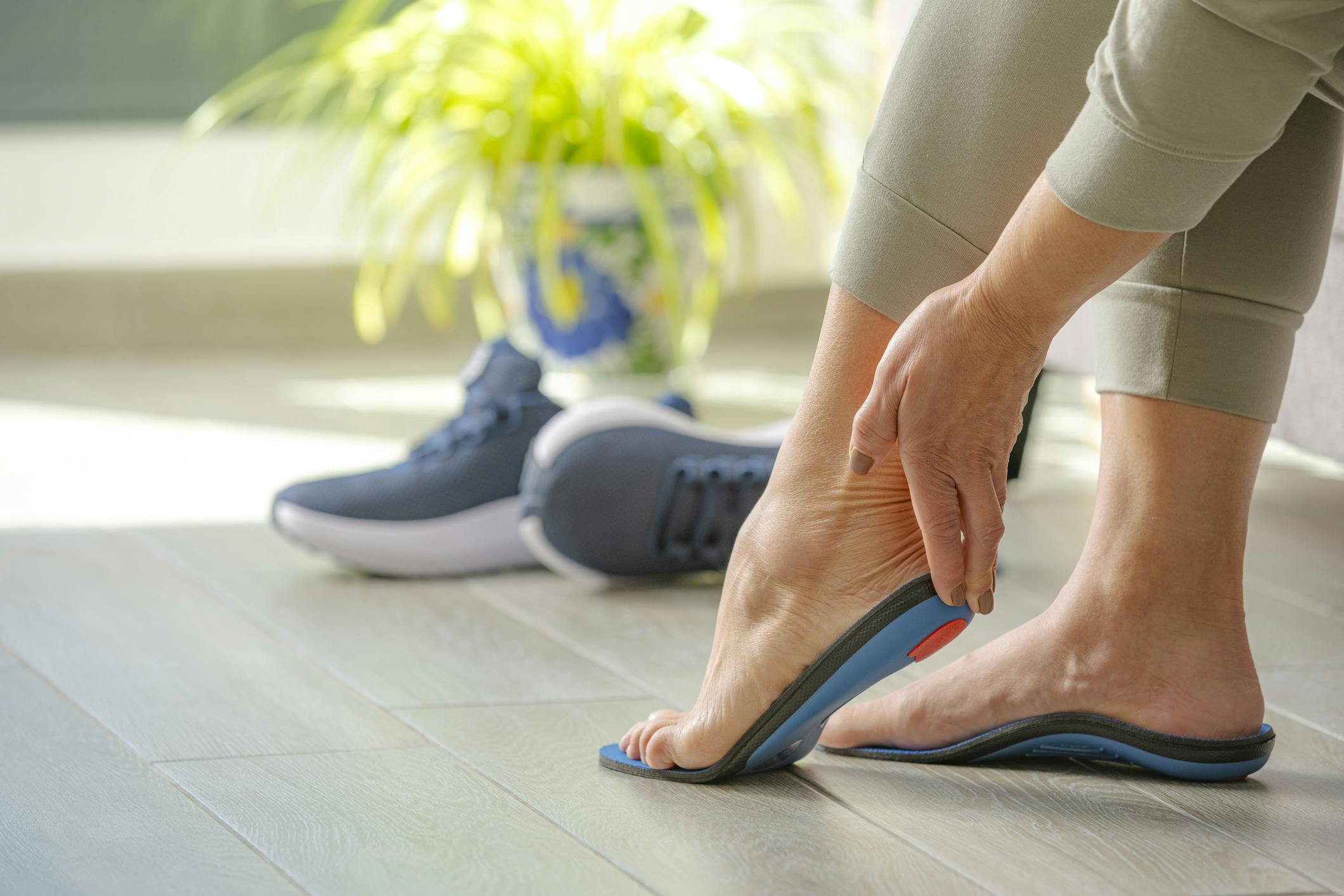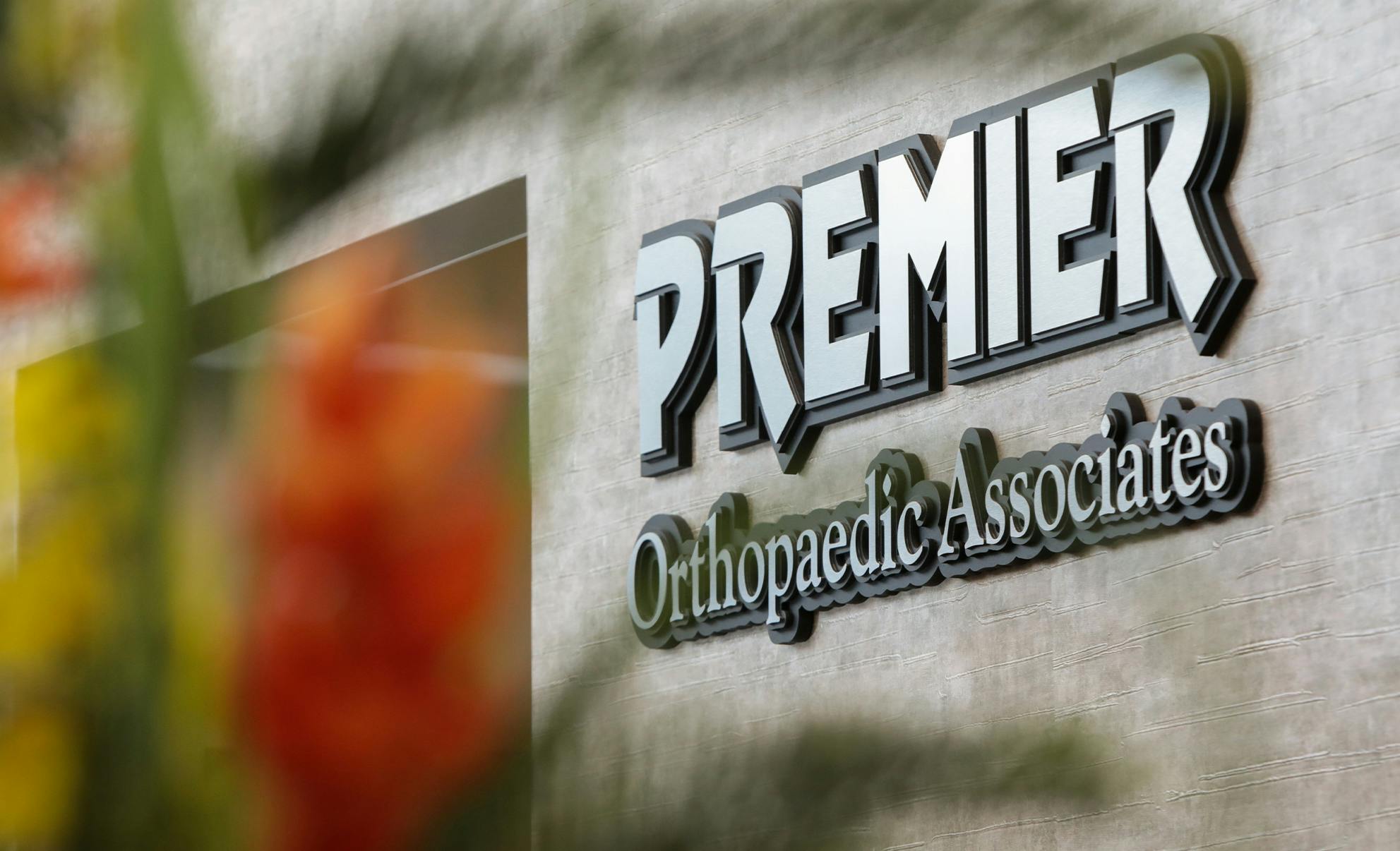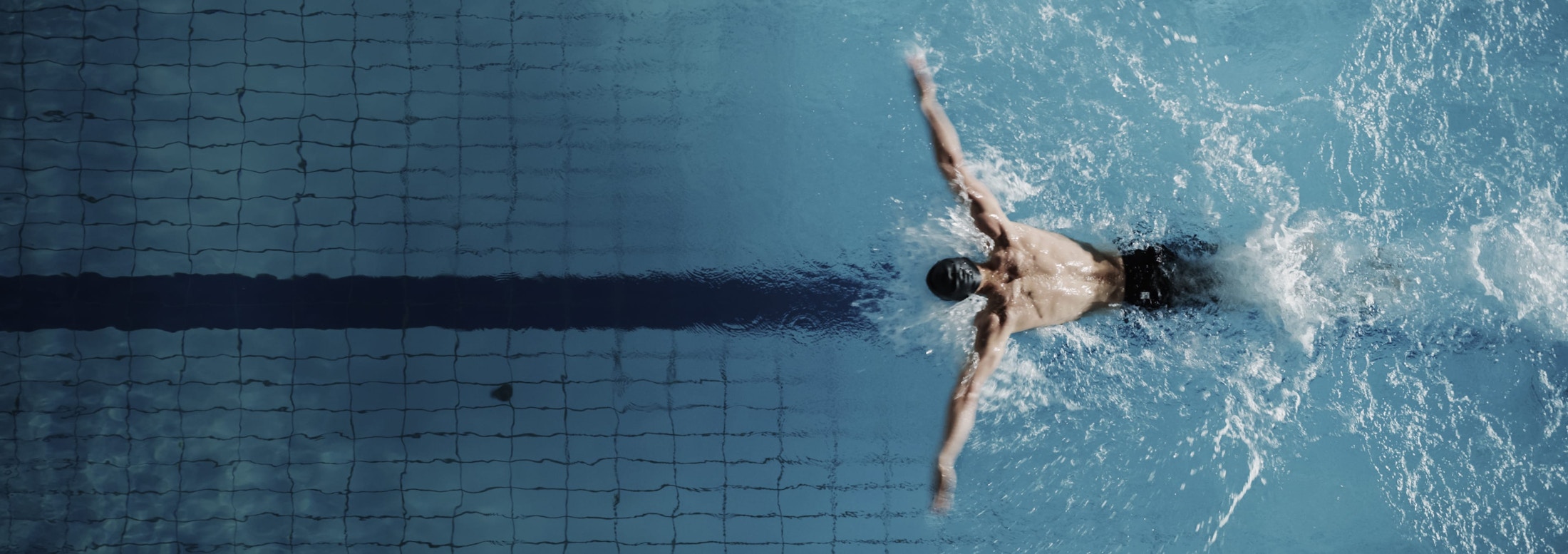Flat foot, or fallen arches, occurs when the foot arch collapses. Premier Orthopaedic Associates provides expert evaluation and treatment to relieve pain, improve balance, and protect long-term foot health.
Symptoms of Flat Foot
Not everyone with flat foot experiences symptoms, but common signs include:
-
Pain in the arch, heel, or ankle
-
Swelling along the inside of the foot or ankle
-
Fatigue or aching in the feet and legs after activity
-
Difficulty standing on tiptoe
-
Uneven wear on shoes due to altered foot alignment




